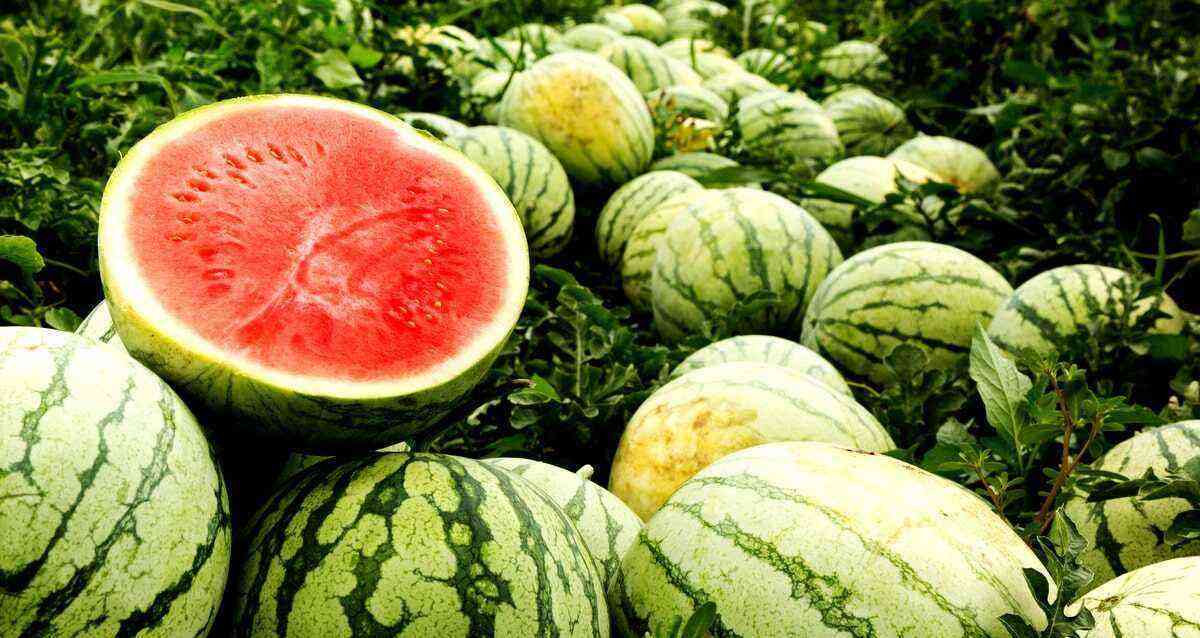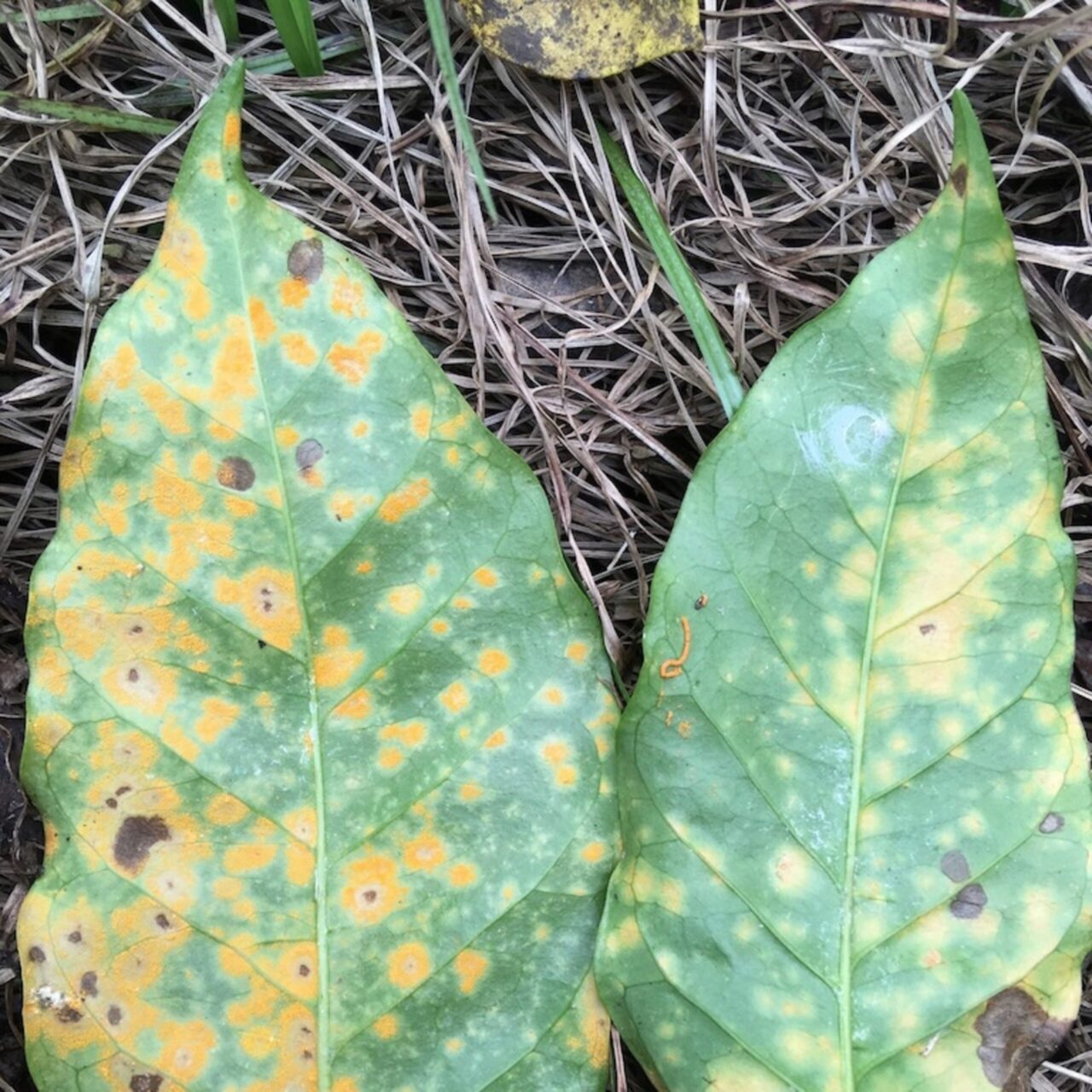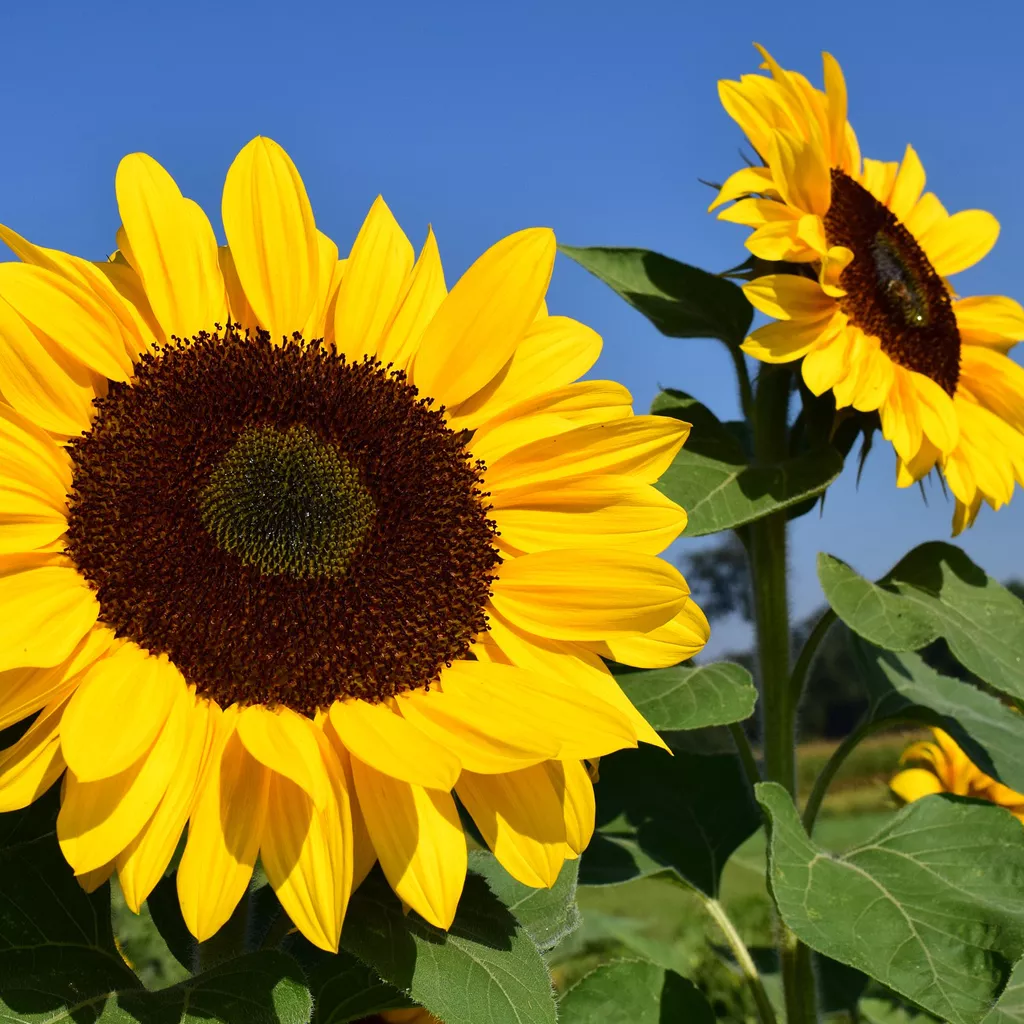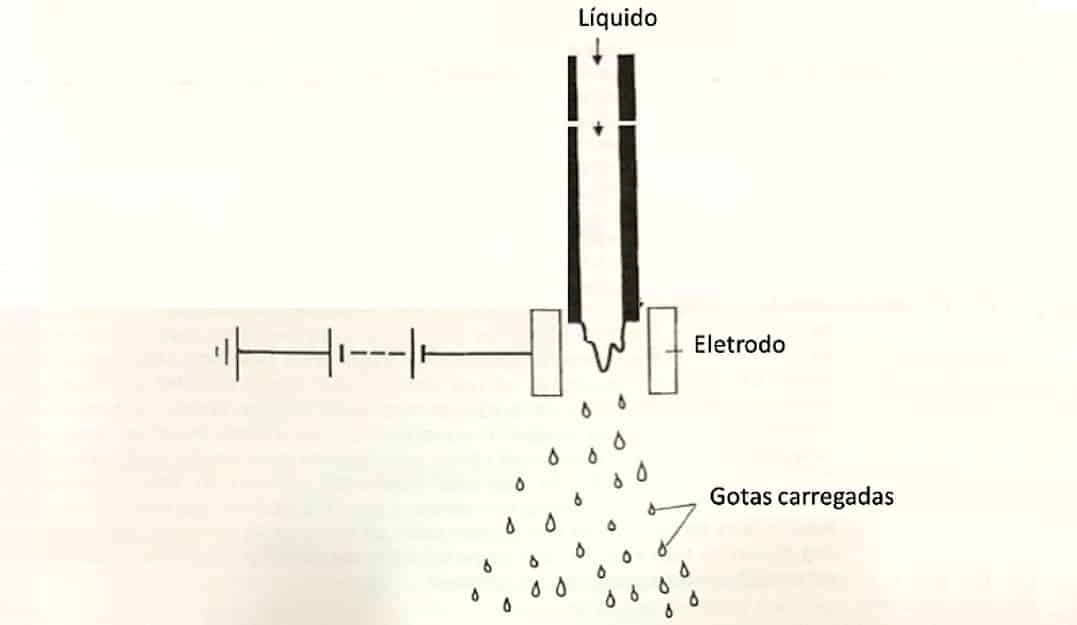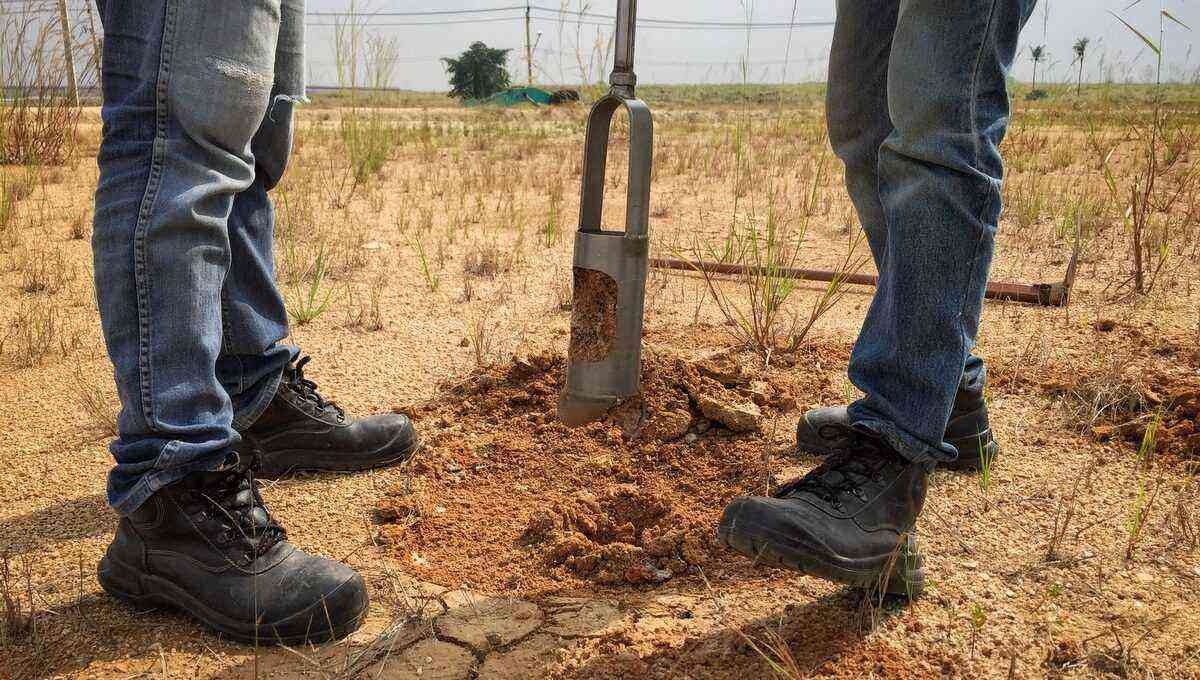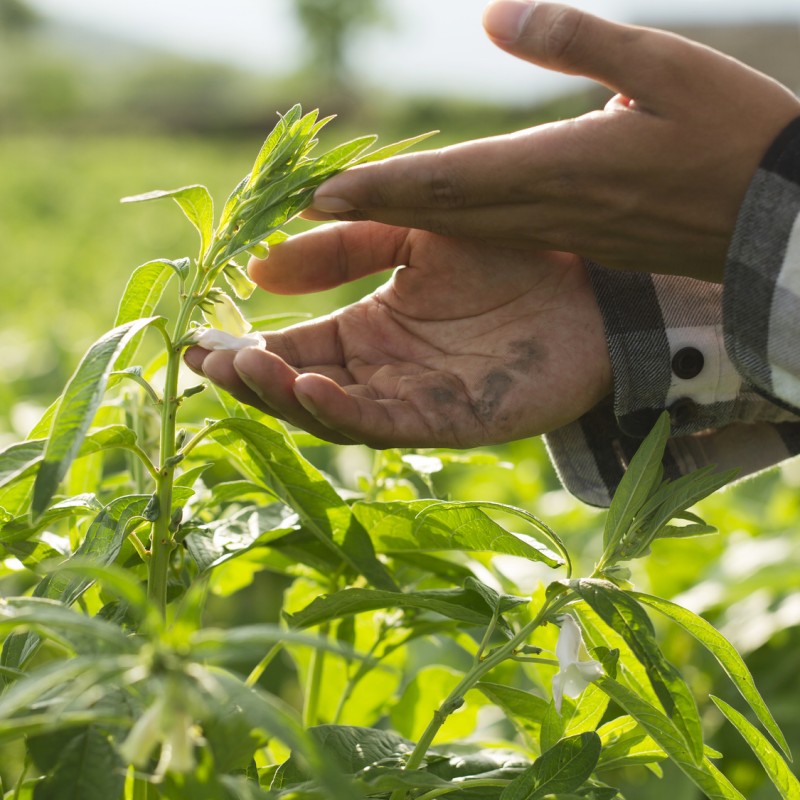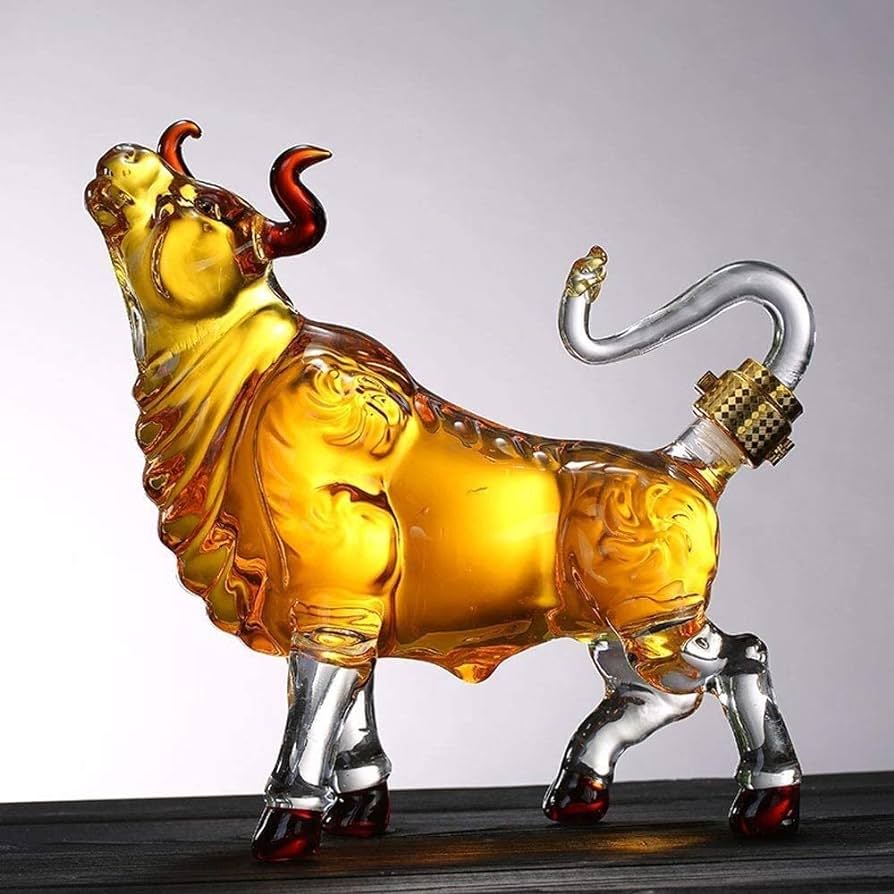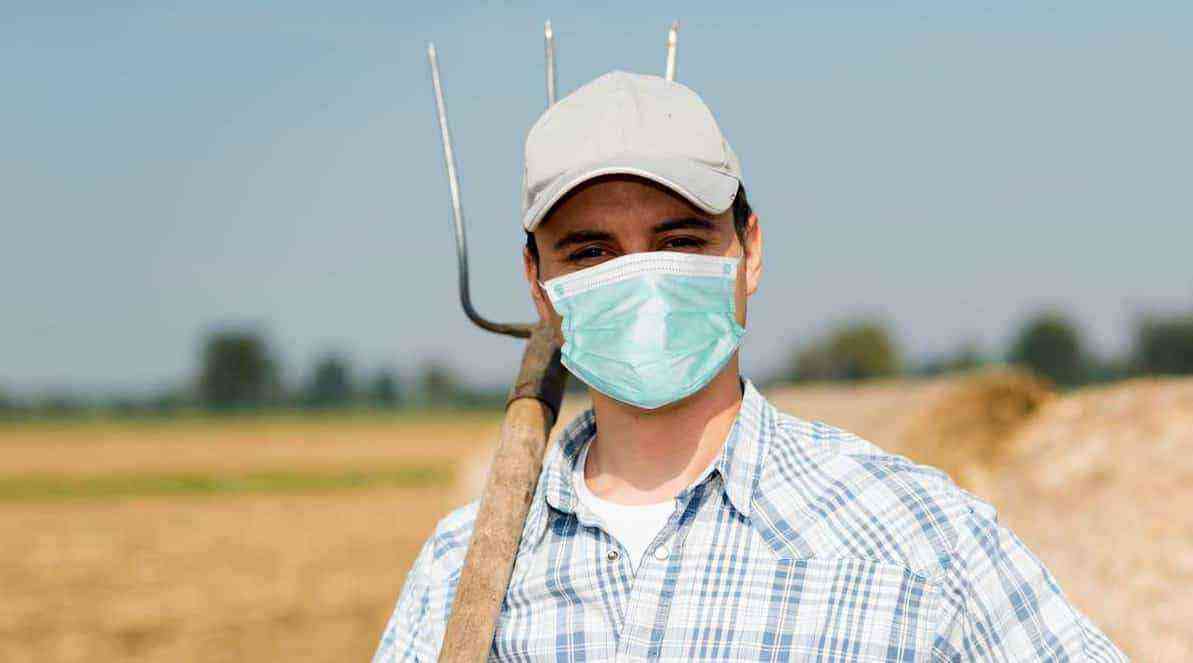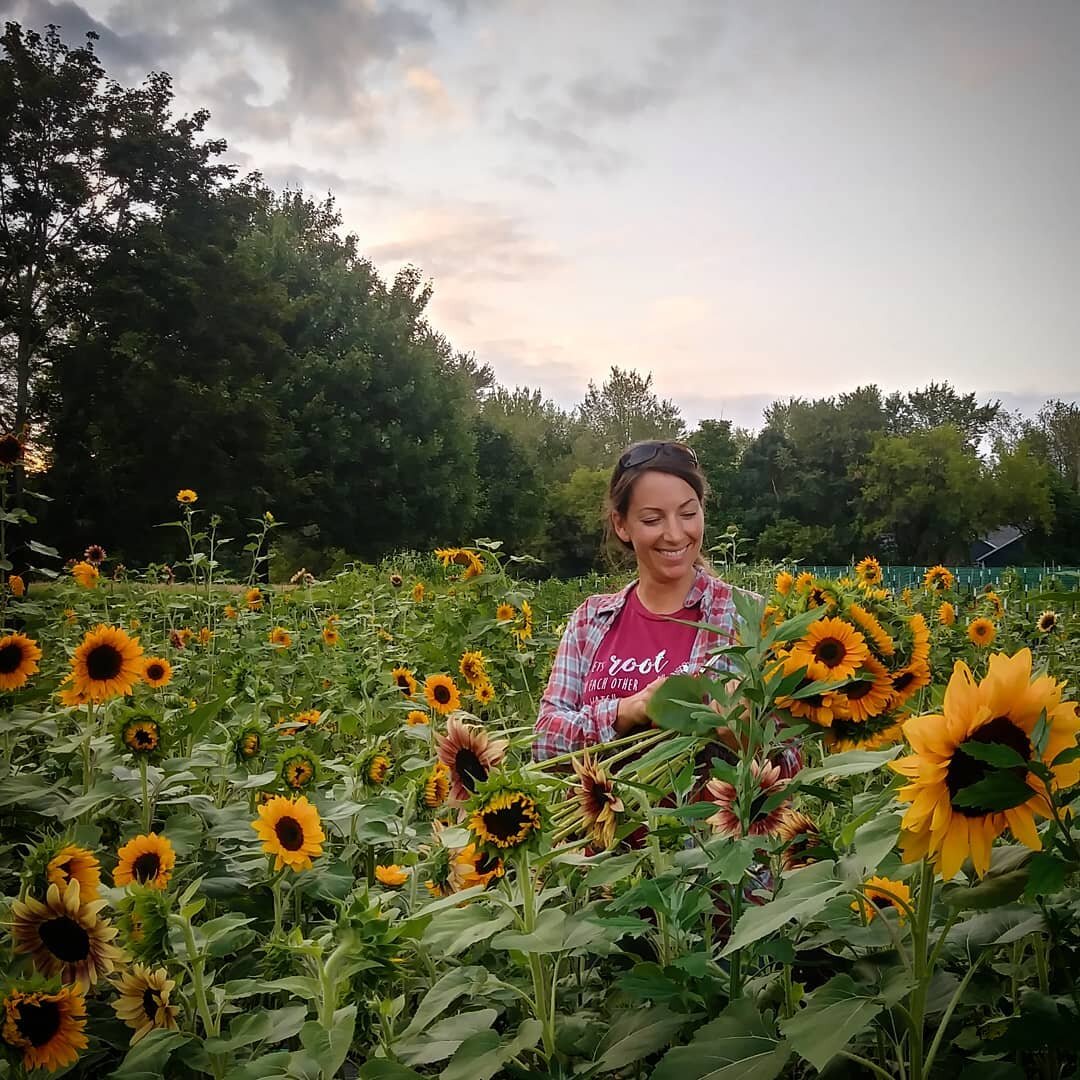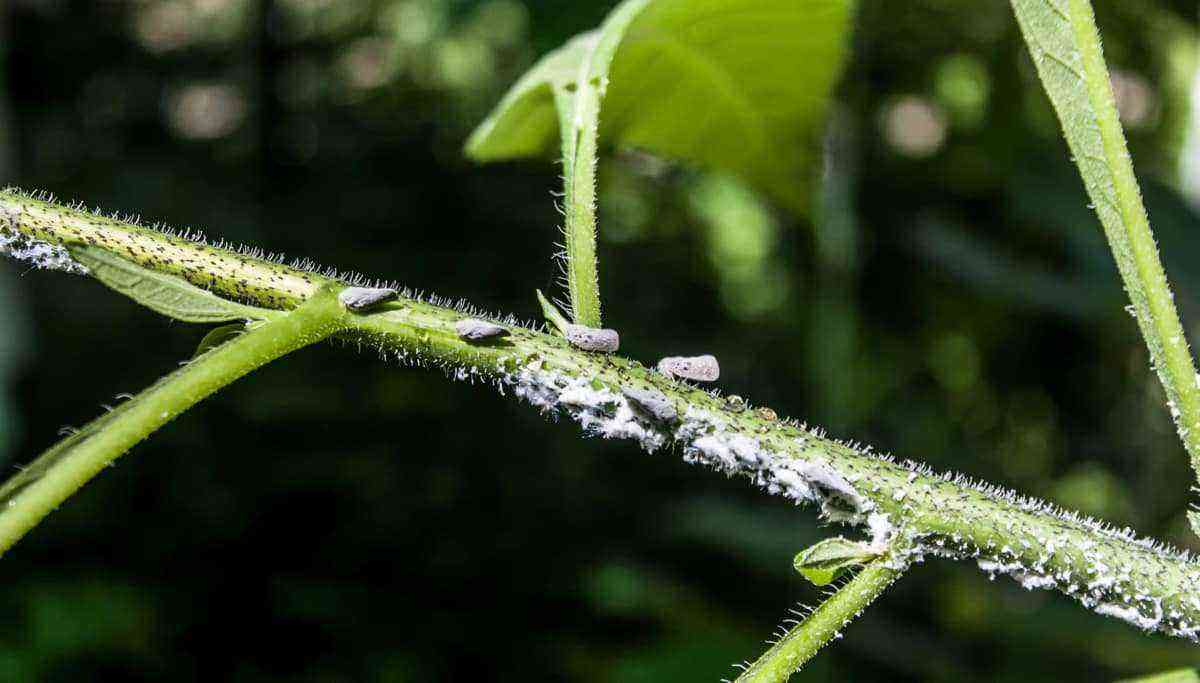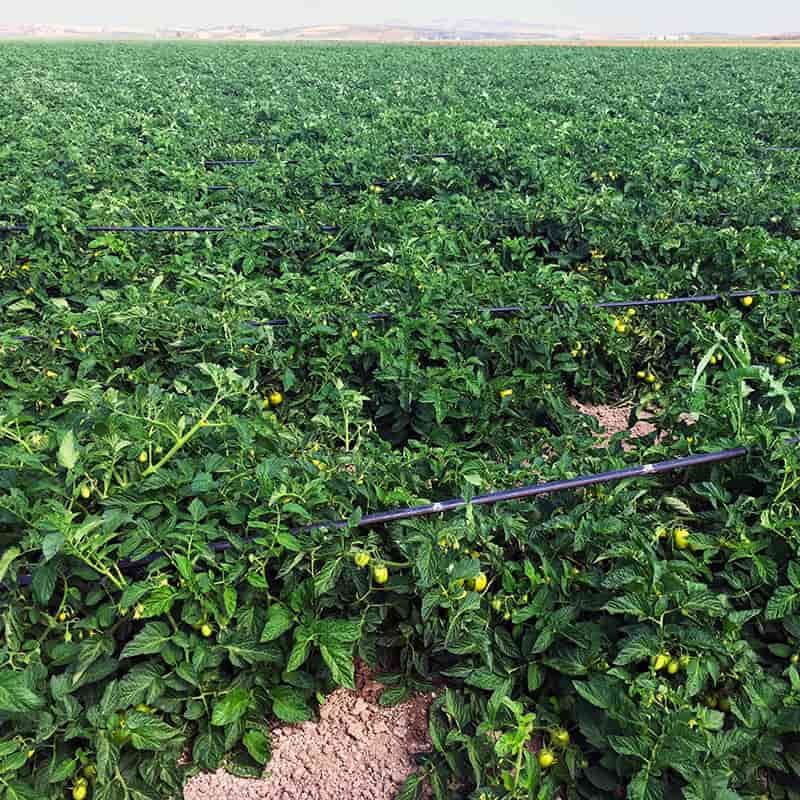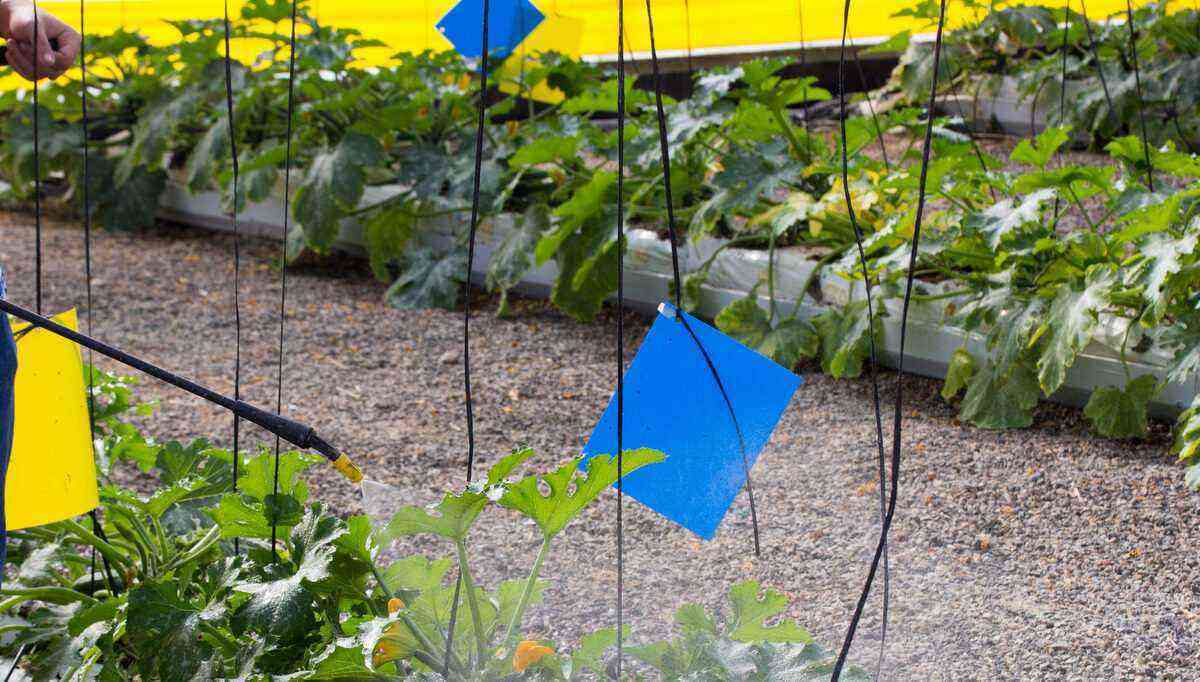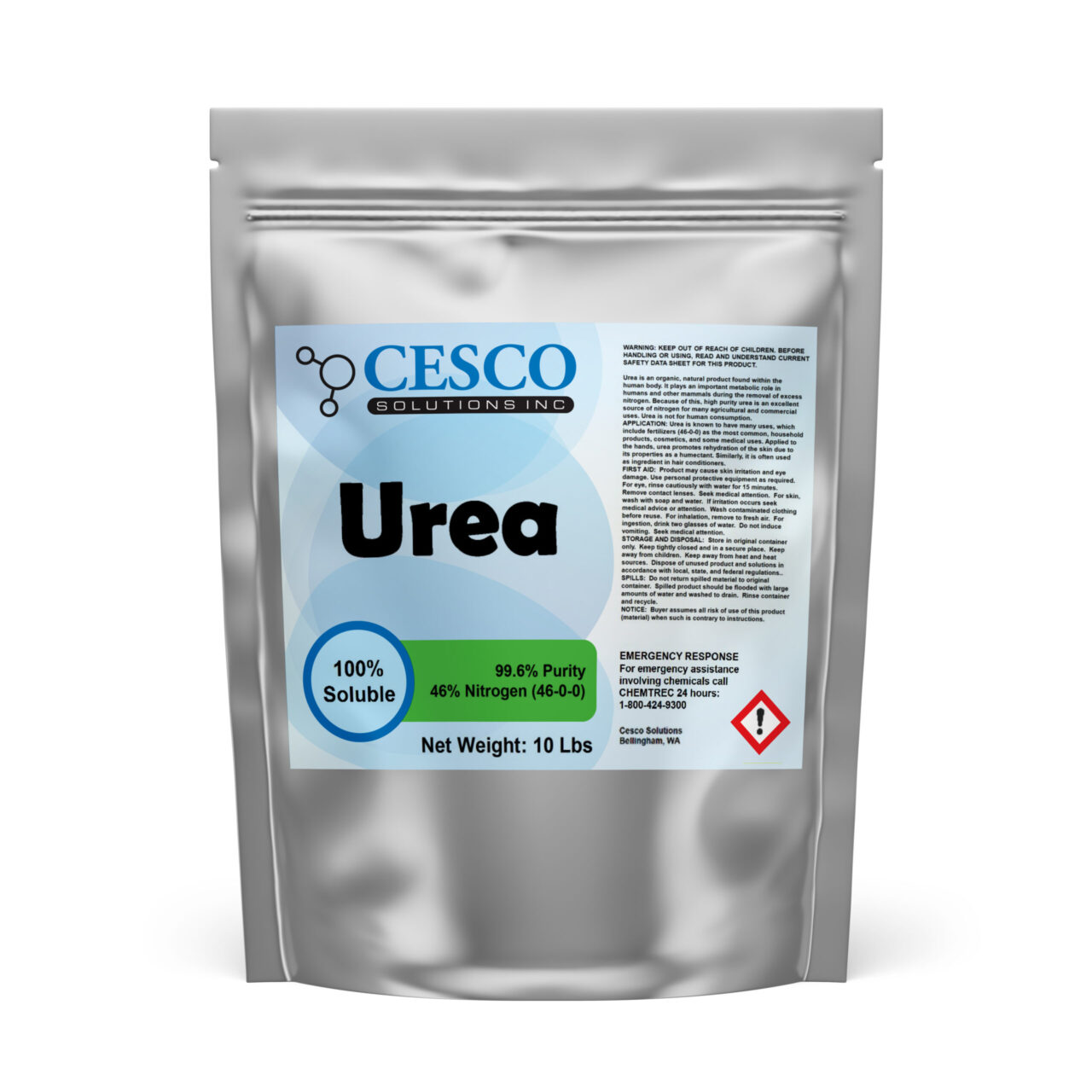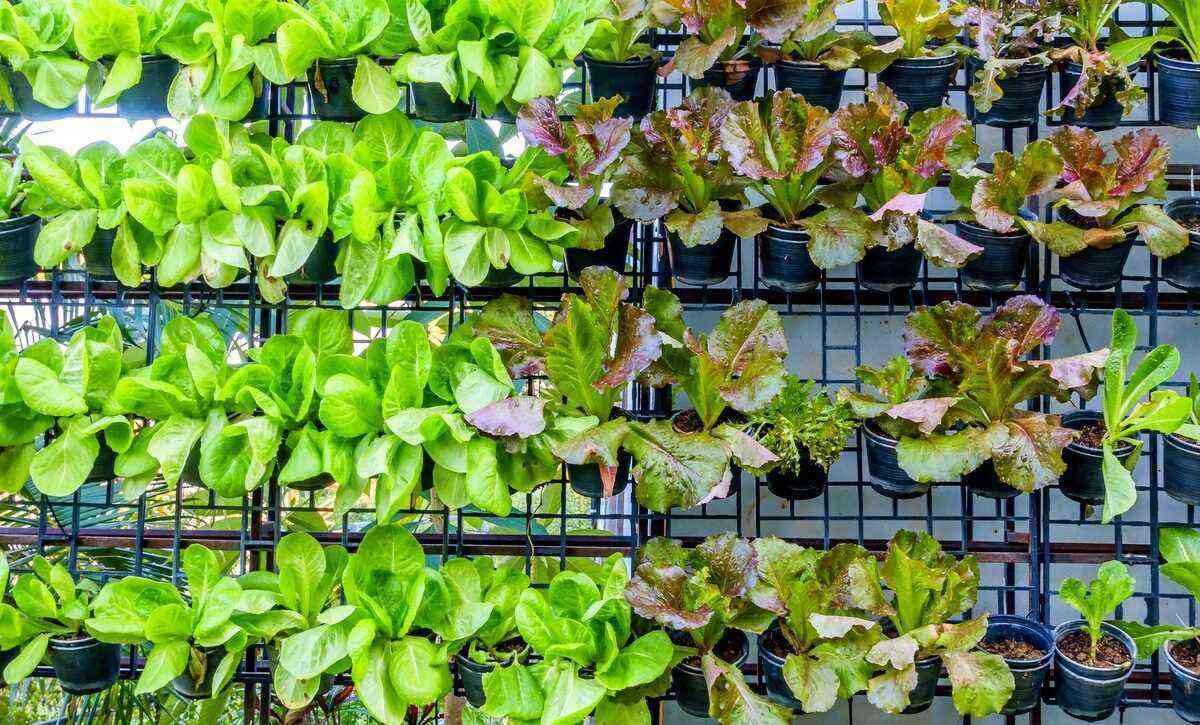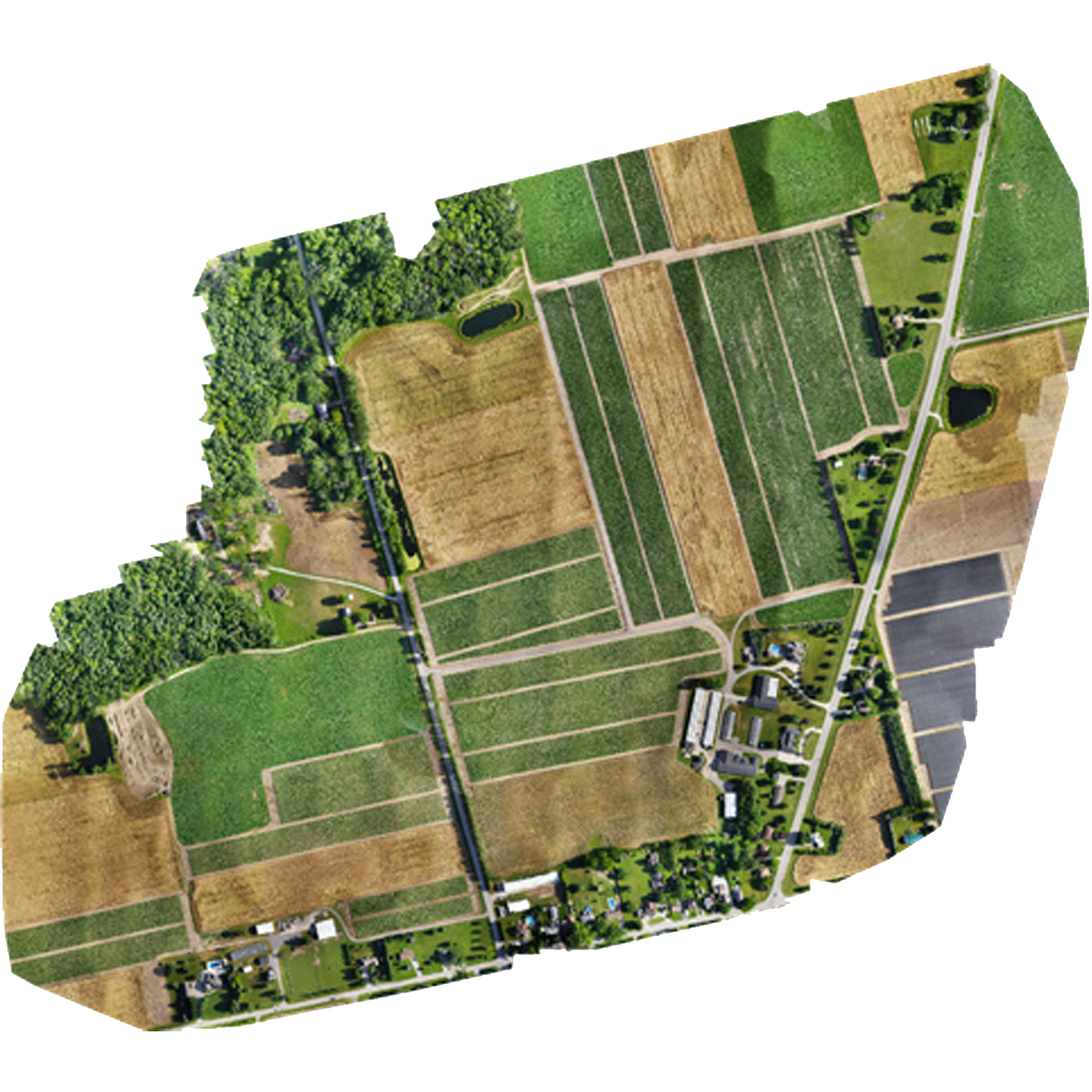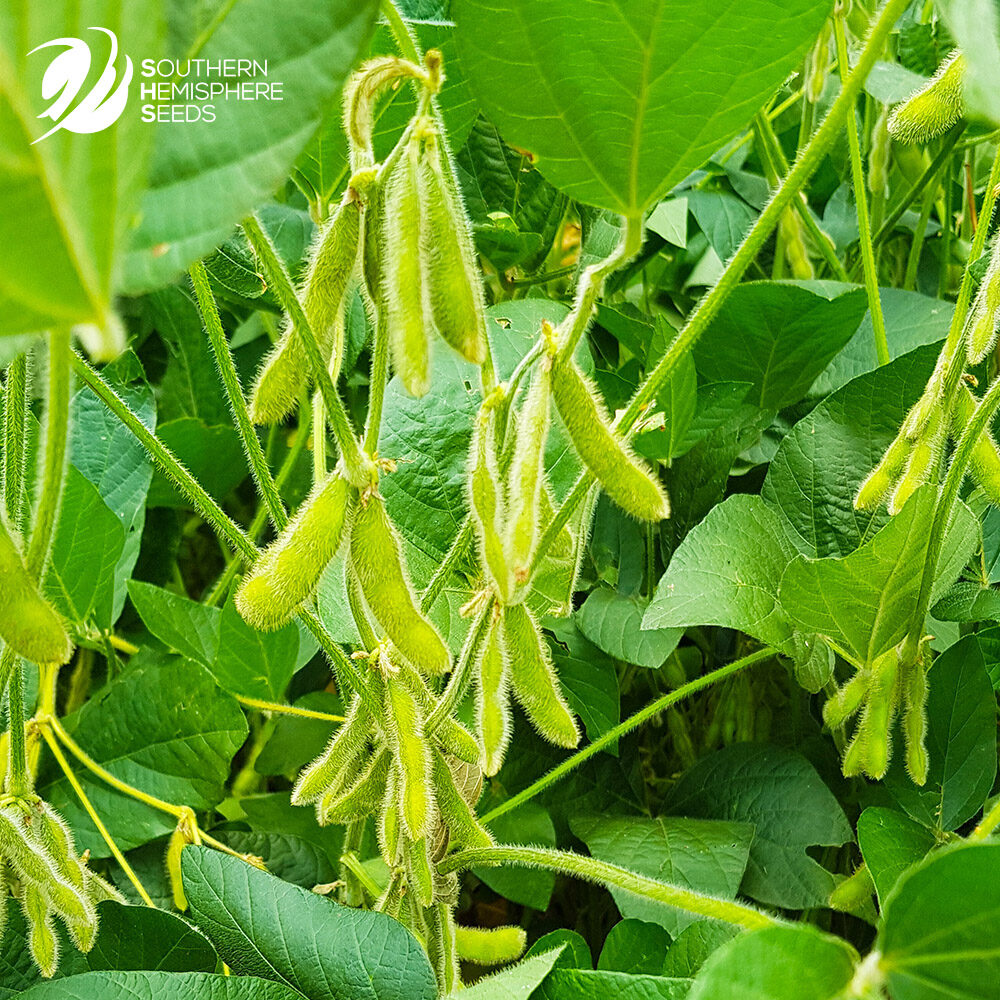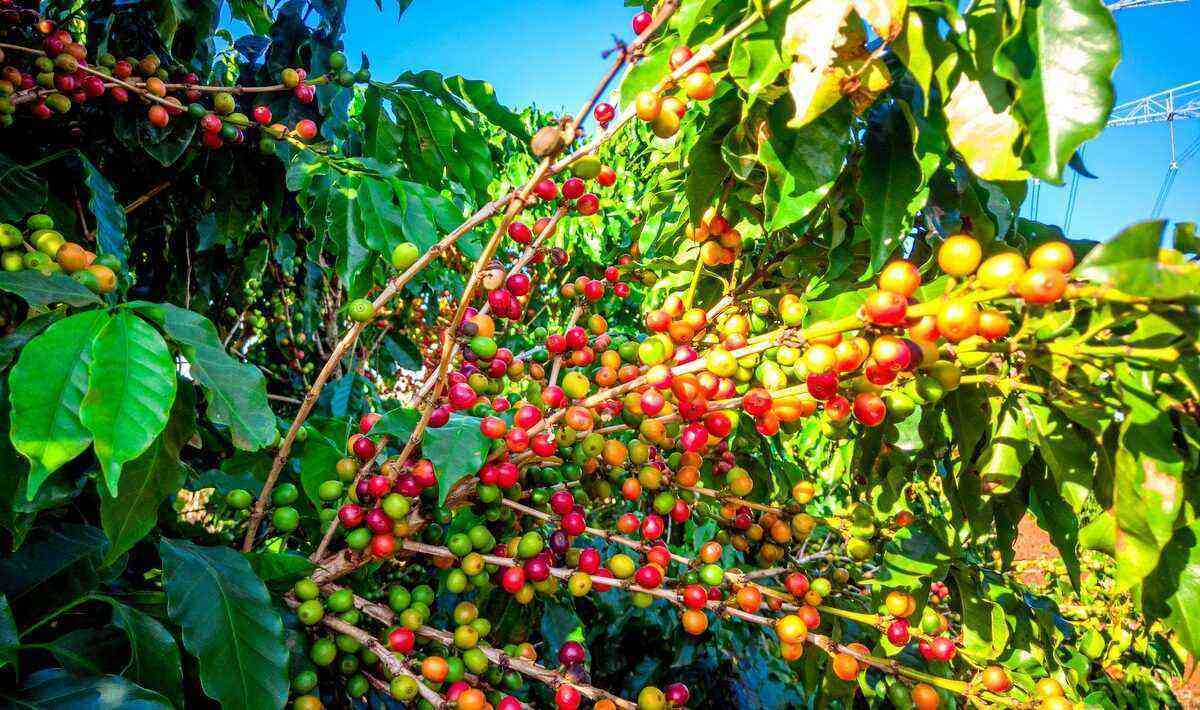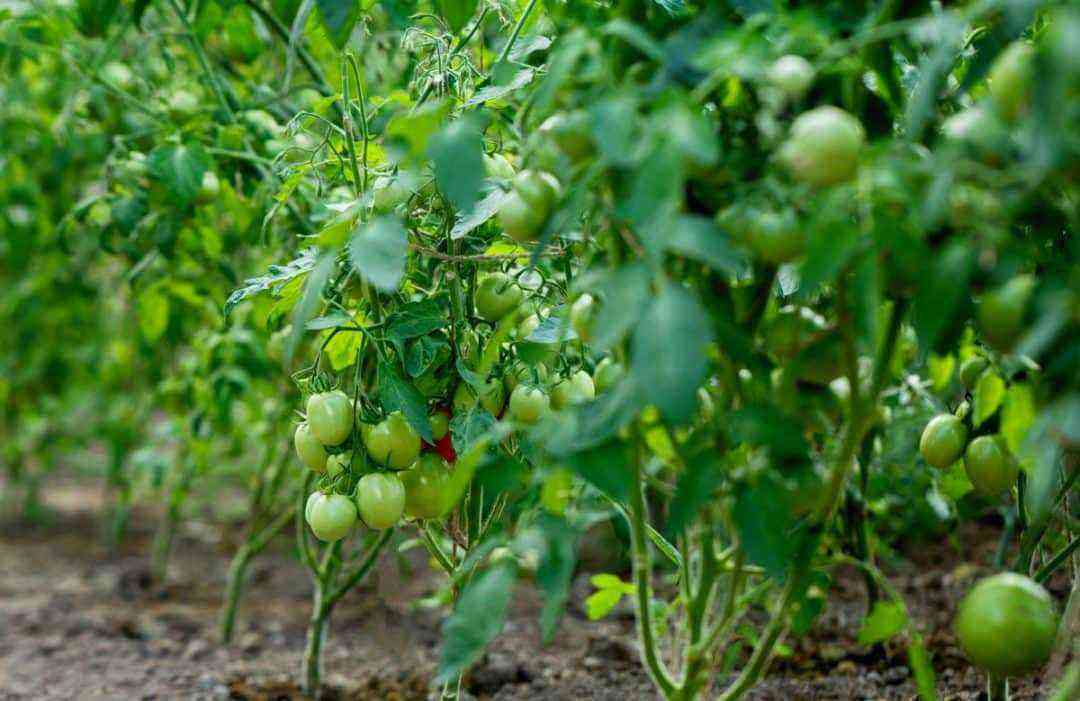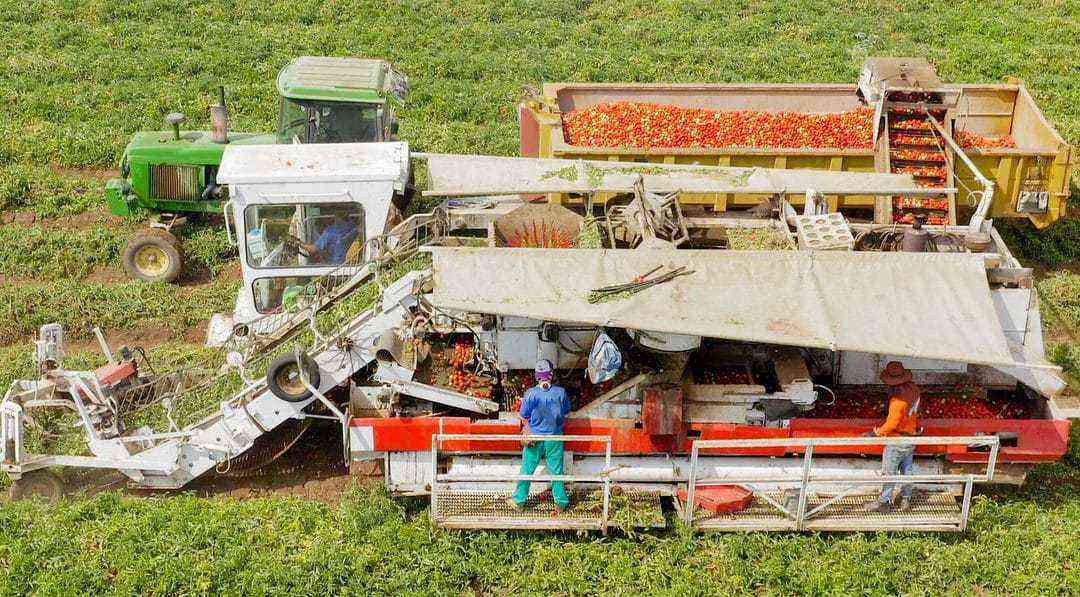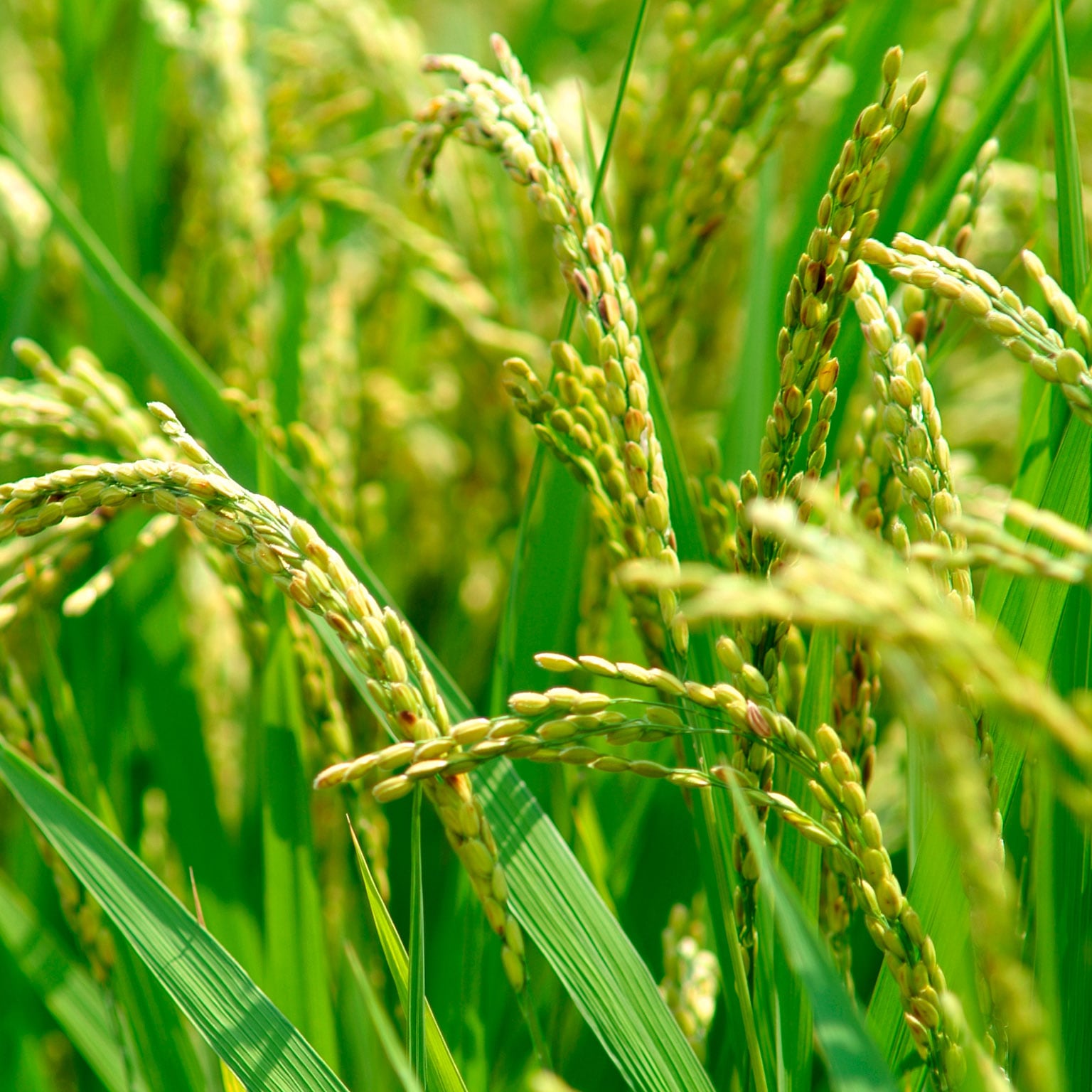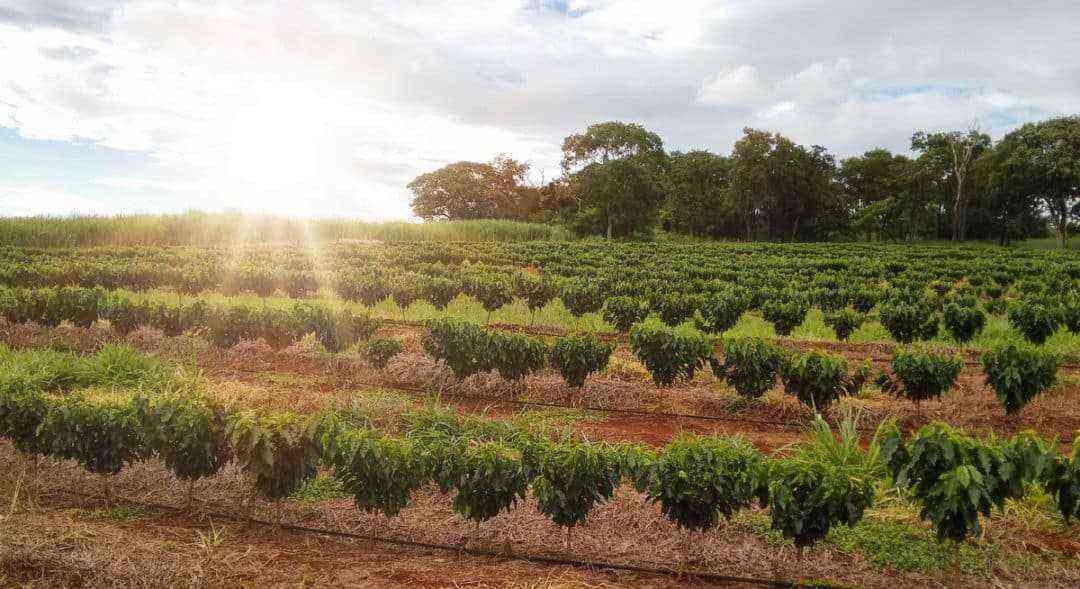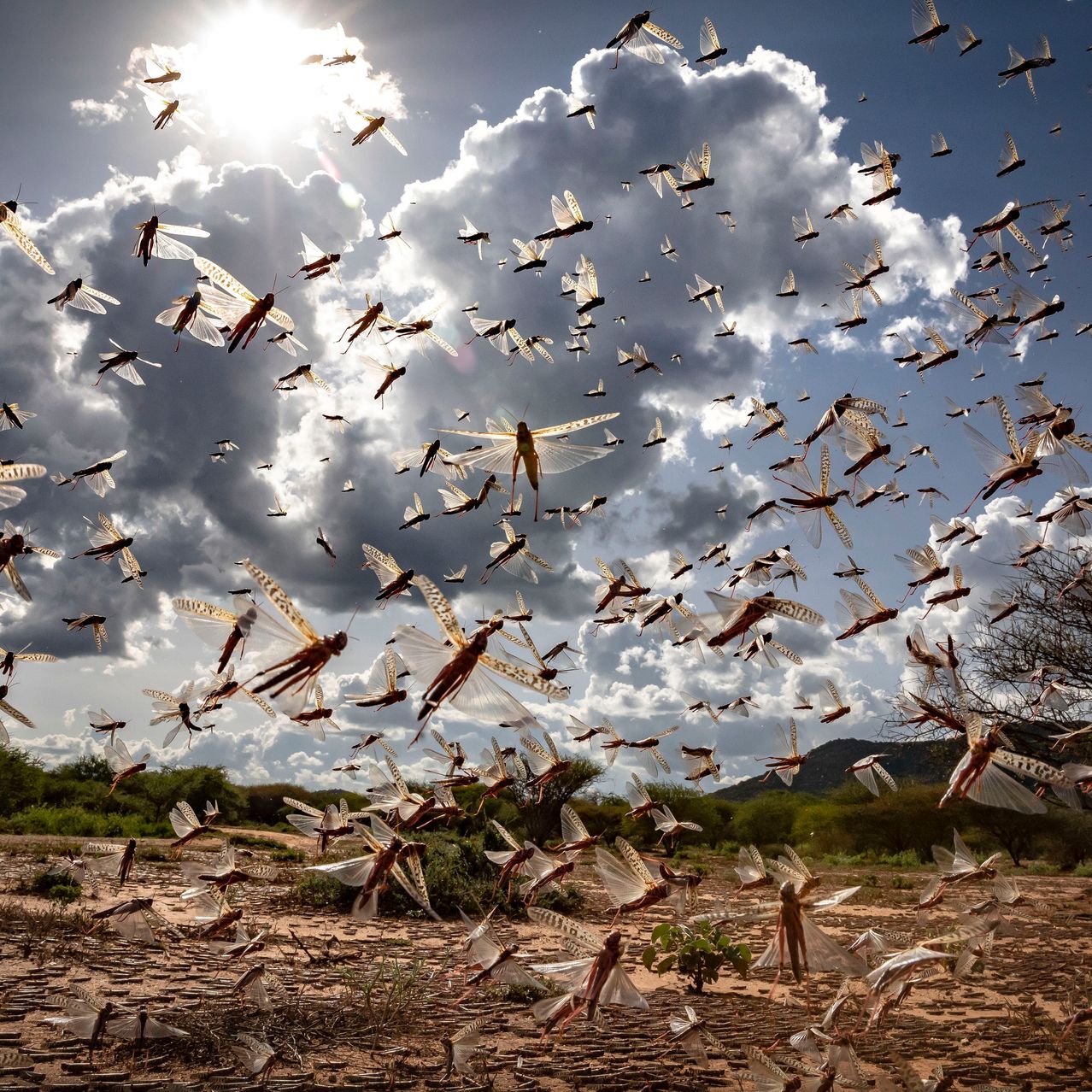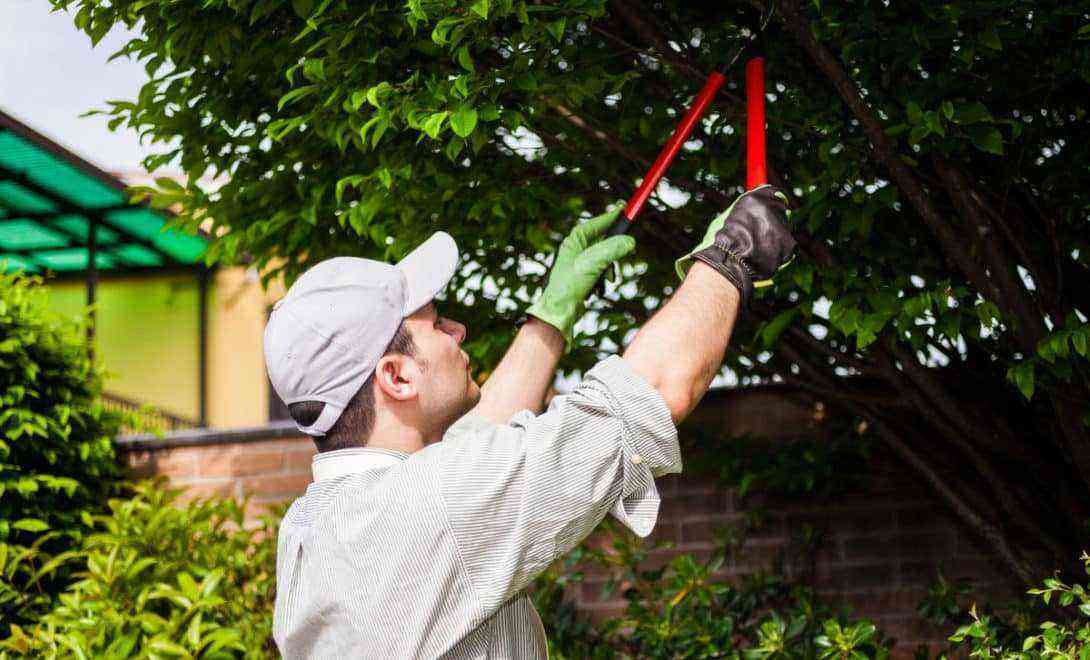Brazil is the world’s largest coffee producer, accounting for a third of the entire crop, according to data from the Brazilian Coffee Industry Association (ABIC).
Despite technological advances and improvements in coffee farming, in order to maintain the quality of the product, pests still worry farm owners and, therefore, need to be fought.
One of the pests that most harm Brazilian coffee production is coffee berry, considered the second most important. Therefore, we will explain below how to prevent and combat this pest caused by a beetle.
What is a coffee berry borer?
It is estimated that the first brocaded fruits, in Brazilian soils, occurred in 1913, in the region of Campinas, brought through seeds imported from Central Africa.

The coffee beetle is caused by this beetle attacking the coffee bean. Photo: Wikipedia.
Since then, the coffee borer has spread to practically all the producing regions of the country and caused serious damage to coffee trees.
These pests are small black beetles that, in addition to coffee beans, also attack other fruits, causing much damage to rural producers.
Main symptoms
The borer attacks the coffee fruit in the various stages of maturation. The insect feeds on the seed tissues, causing loss of grain weight and quality, altering the flavor and compromising the commercial value of the product.
for the task of prevention and combat, the producer can identify whether the borer has reached the coffee fruit when it presents a small perforation in the crown region. As for the processed coffee, the symptoms are the perforated coffee seeds.
After piercing the fruit and seeds, the adult borer insect lays its eggs. The larvae that are born feed on the coffee seeds and can be completely destroyed.
Main damages of the coffee berry borer
- Grain rotting;
- Reduction in the weight of the crop (up to 20%);
- Premature fall of grain;
- Infeasibility of the production of drilled seeds.
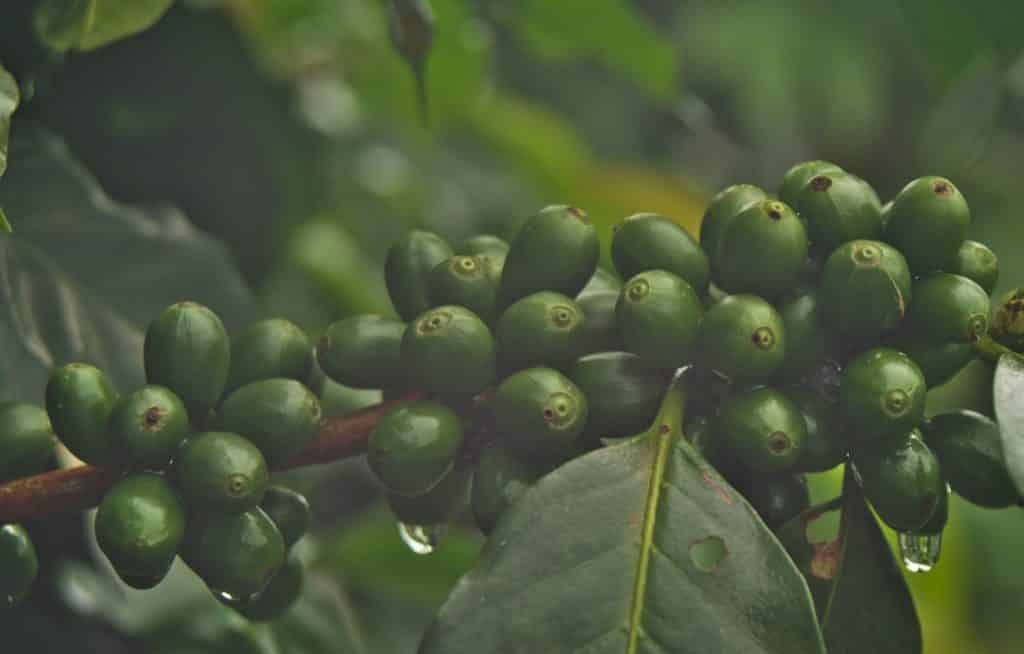
The coffee berry borer also attacks green coffee beans, compromising production.
First coffee berry borer controls
The emergence of coffee rust made many coffee growers adopt measures to protect their crops.
Want to know more about coffee rust? Access our website and find out what it is and how to control it.
New planting and management systems were developed, which also helped to minimize the impacts of the borer.
It was from the 70’s, however, that the use of insecticides to combat the pest was approved. Despite being extremely toxic, the product was used for decades and, in fact, contained the advance of the drill and the damage caused by it.
In 2013, the government banned the legal use of the insecticide, and concern over the coffee berry borer was reignited.
How to control and prevent today?
After the indiscriminate use of insecticides is prohibited, the coffee grower can only use the product in plots, where the borers reach a certain percentage of the plantation.
For this to be done accurately, coffee producers must constantly monitor their crop. The objective is to reduce the use of insecticide, avoiding when there is no need.

Coffee growers should pay attention to the control of the coffee berry borer. Losses are big
Currently, to control pests, coffee growers fill in a monitoring spreadsheet each year for each coffee stand. The ideal is to start monitoring in the lowest and wettest fields.
The filling methodology consists of observing random plants in the field. Then, the fruits are analyzed and the drilled ones must be counted. At the end of the analysis, the producer will have the Total Broqued Fruits (TFB).
Source: Carlos Pena Videos
If the value exceeds 5% of the field, spraying is allowed. Monitoring should begin months after the first flowering, normally between November and January. This period is known as the “transit season” of the drill and requires greater care.
Cultural control of the coffee berry borer
There are other unfavorable conditions for the coffee berry borer that serve as measures to prevent and combat this pest.
Coffee plantations should be planted in spacings that allow for greater aeration and light penetration in order to provide low air humidity inside, conditions that are unfavorable to the pest, in addition to allowing the circulation of sprayers coupled to tractors.

All fruits must be harvested because the berry borer survives from the grains left on the feet or in the ground.
Another important task is a very well done coffee harvest. It is necessary to avoid the permanence of fruits on the plants and on the ground because the borer can survive in the off-season feeding on these remaining fruits. It is recommended to transfer or collect the remaining fruits from the harvest.
Therefore, the management of the coffee berry borer should never be neglected due to the high costs and the lack of efficient products for its control.
Agricultural research in coffee growing in Brazil has always been attentive to seek new methods of controlling the coffee berry borer, including the chemical, as it is still the most efficient in controlling the pest.
Despite advances in research in the sector, this pest is still far from being eliminated from Brazilian coffee plantations.
If you liked the content and want to know more about how to optimize your production, add our digital magazine to your favorites.
See more: After harvesting, coffee growers must monitor soil fertility
